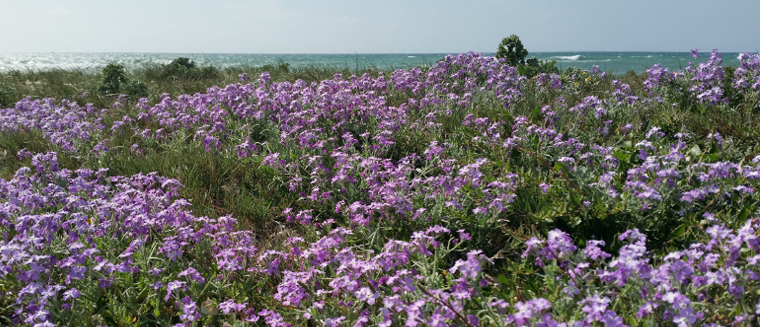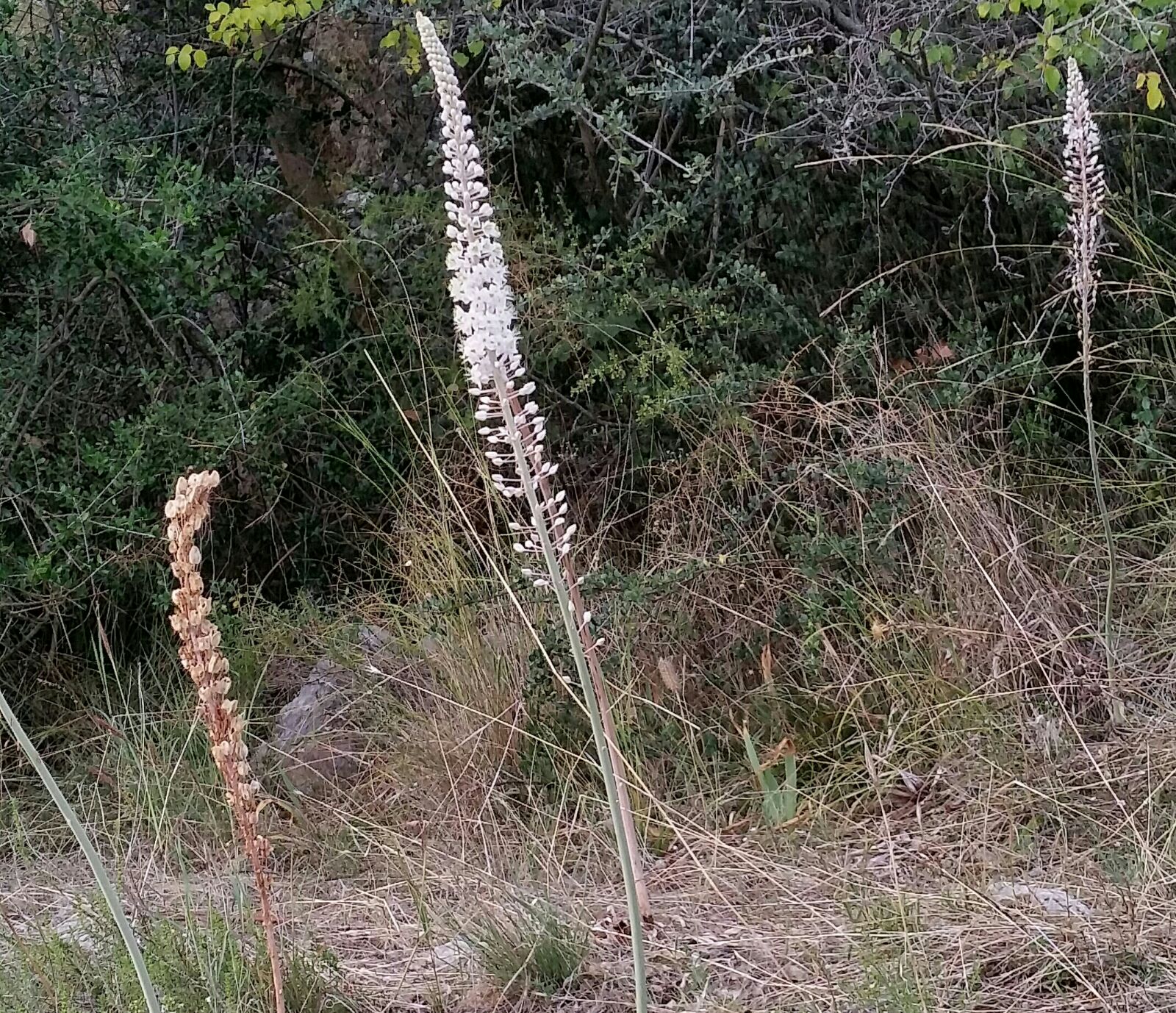
September. A torrid and dry summer ends, the hope is that autumn will return some water to the parched land. But the flowers, even when the plant is on its last legs, or rather because of this, open up to the sun. It is the plant’s response to adverse conditions: investing the last resources in the flowers: they will give, through the seeds, other possibilities to their species, to their genes, to survive the drought that could kill the mother plant.
Thus, while some ferns such as the Capelvenere (Adiantum capillus-veneris) and the Felcetta odorosa (Cheilanthes pteridioides), helped by the wind, begin to disseminate their spores, other plants open the last flowers of their season.
The Caper (Capparis ovata) which continues to bloom from April, has reached its maximum expansion on the old walls and on the rocks, and the last buds still manage to show their purple anthers.
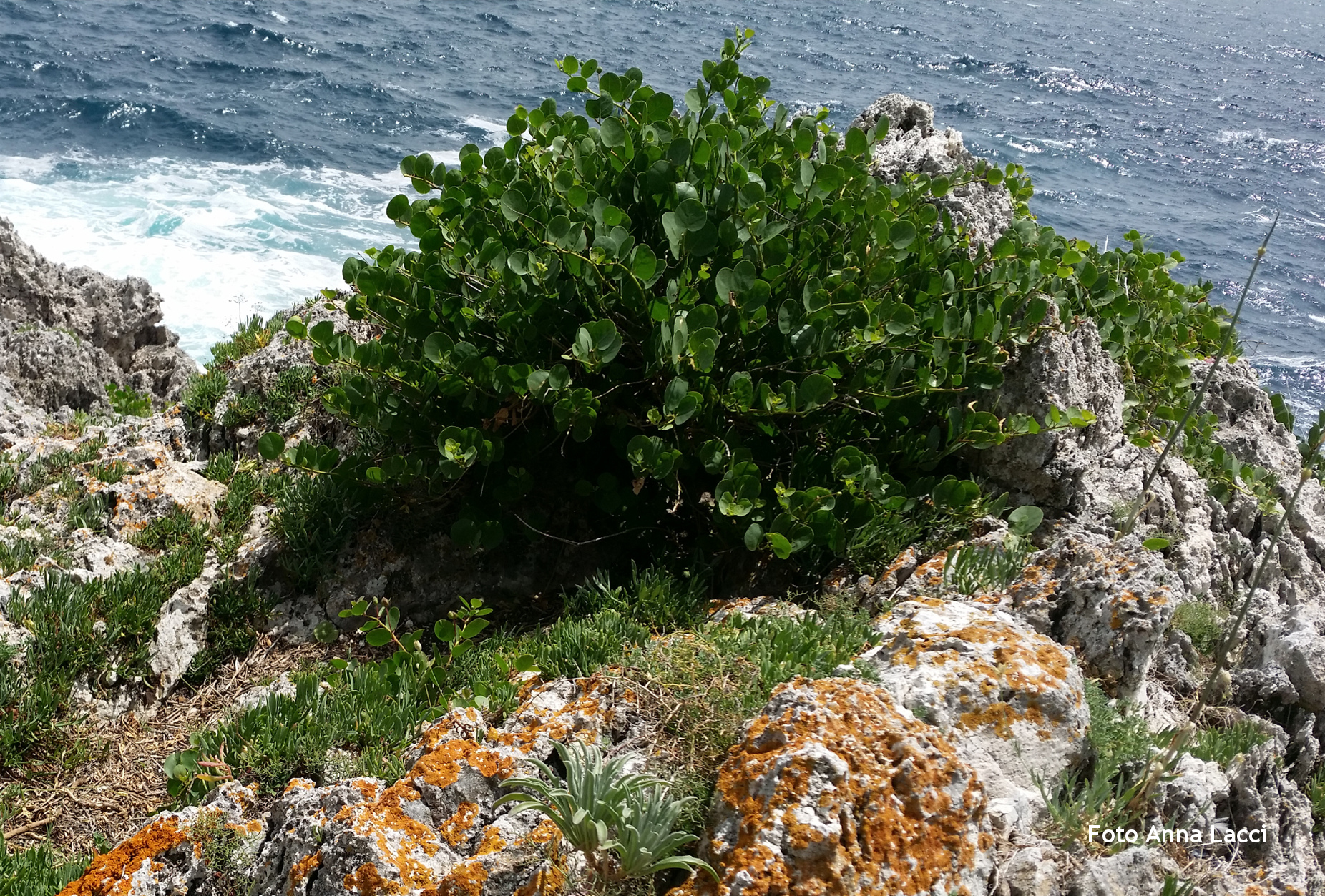
Also the Romice (Rumex bucèfalophorus), the Alisso (Lobularia maritima) and the Orobanche (Orobanche sp.) Flourished in April and now, even before the end of the summer, they flourish even if less vigorously.
Orobanche is a genus that includes parasitic plants that are located on the roots of other plants. They lack leaves because they do not need to be photosynthesized: they use the energy produced by the parasitizing plants. Their “work”, therefore, is limited to the production of spikes of flowers that appear at regular intervals throughout the summer.
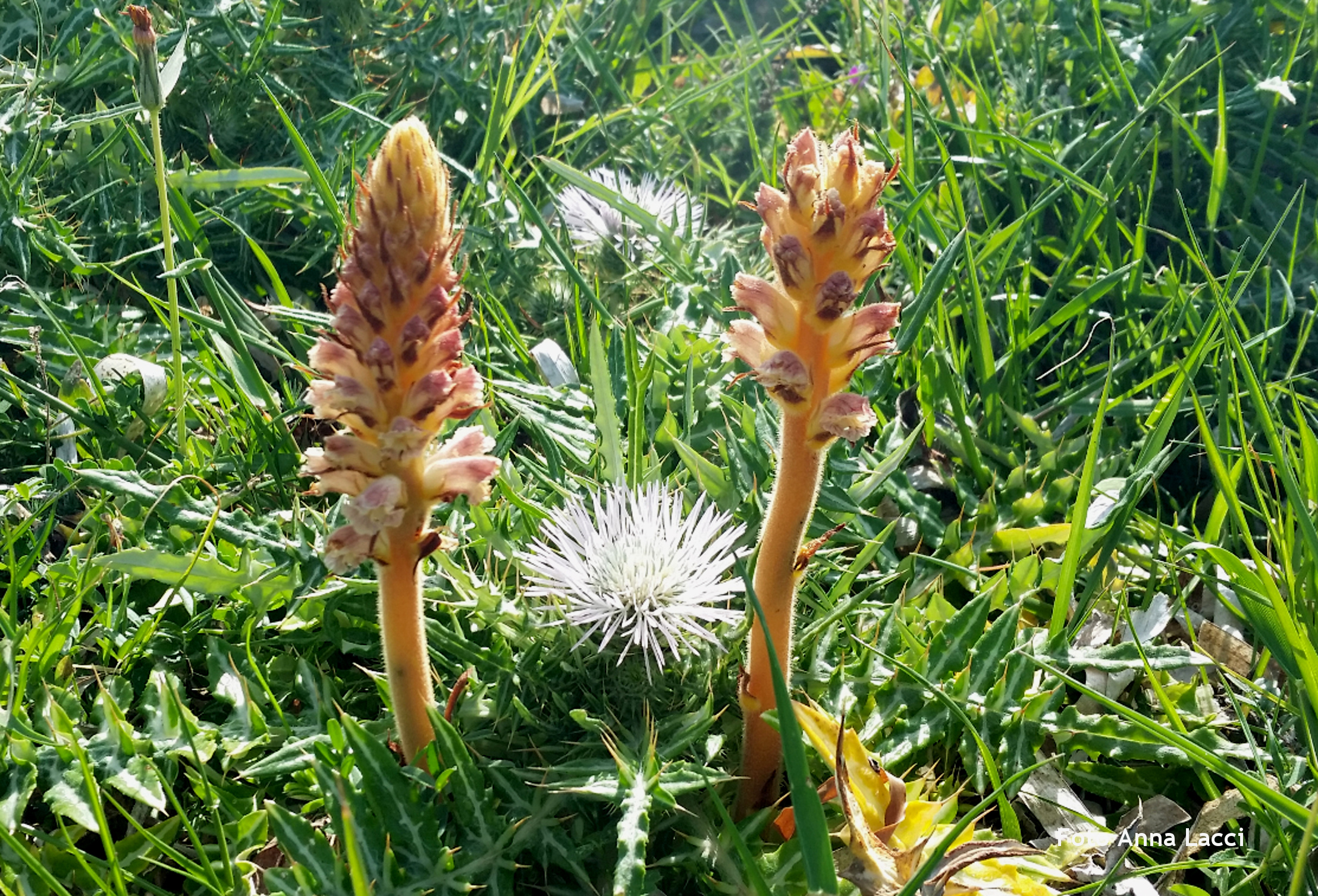
Walking along the low coasts, we see the salt marshes edged by the pink-lilac of the minutes flowers of the common Statice (Limonium vulgare) still in full bloom. A delicate plant, fond of salty soils. Around her the bushes of the different species of Salicornia (Salicornia sp.). The genus Salicornia includes pioneer species of soils with high salt content. The Salicornie, especially the fruticosa are excellent plants to eat, but should be harvested at the beginning of summer, when they are green and tender.
On the other hand, if we direct our steps towards the freshwater environments, we find the pink flowers of the Salcercells. Southern Salcercella (Lythrum junceum) loves the banks of running waters, while the common Salcercella (Lythrum salicaria), the marshes and the shores of lakes and ponds.
Entering a wood, we discover the bedding embroidered with the light pink flowers of the Neapolitan Cyclamen (Cyclamen hederifolium), while the Salsapariglia (Smilax aspera), which hangs from the branches of the trees that surround us, shows off bunches of minute fragrant white flowers. But, be careful, do not get too close to feel the scent, you could get caught in its many curved thorns. It is no coincidence that it is also called Stracciabraghe!
The thick and dark crown of the Carob tree (Ceratonia siliqua), an evergreen tree that does not let itself be intimidated by the heat and the aridity, in this period hides its flowering. Different flowers if the tree is “male” or “female”. This species is indeed dioecious: the flowers brought from a plant are only male or female. It is therefore not said that you find locust beans on all carobs!
The Scilla marittima (Urginea maritima) is undoubtedly the queen of flowers in September. In the barren and yellowed landscape of late summer, the Mediterranean coastal environments come alive with the striking flowering of this curious plant, which emits from large bulbs emerging from the ground, in a very short time, high scapes that exceed one meter in height, unadorned of leaves, densely covered by white starry flowers arranged in a slender and thin raceme. The plant has two moments of “life”: the spring, in which from the bulb grow beautiful long thick leaves of an intense green, which dry up by July, and that of late summer, in which it flourishes illuminating the landscapes that look at the Mediterranean .
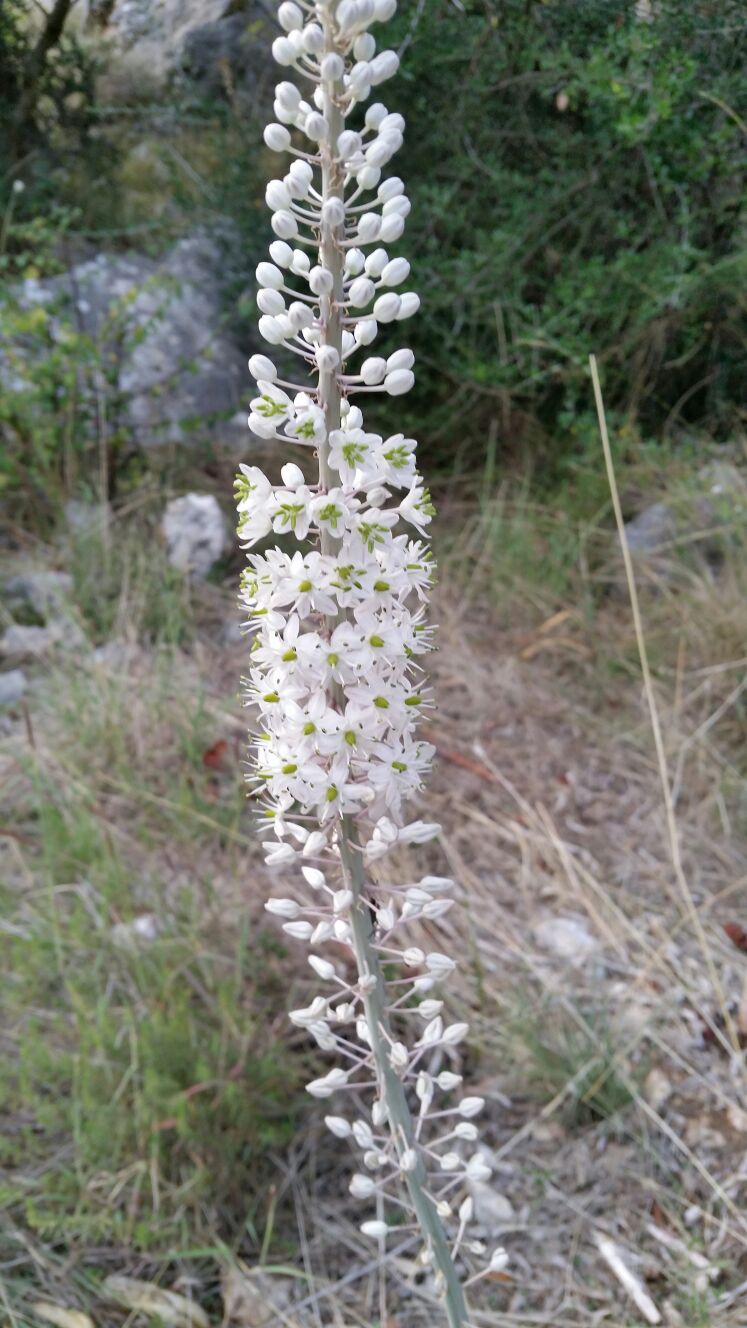
Credits:
Author: Anna Lacci is a scientific popularizer and expert in environmental education and sustainability and in territory teaching. She is the author of documentaries and naturalistic books, notebooks and interdisciplinary teaching aids and multimedia information materials.
Translation by Maria Antonietta Sessa


